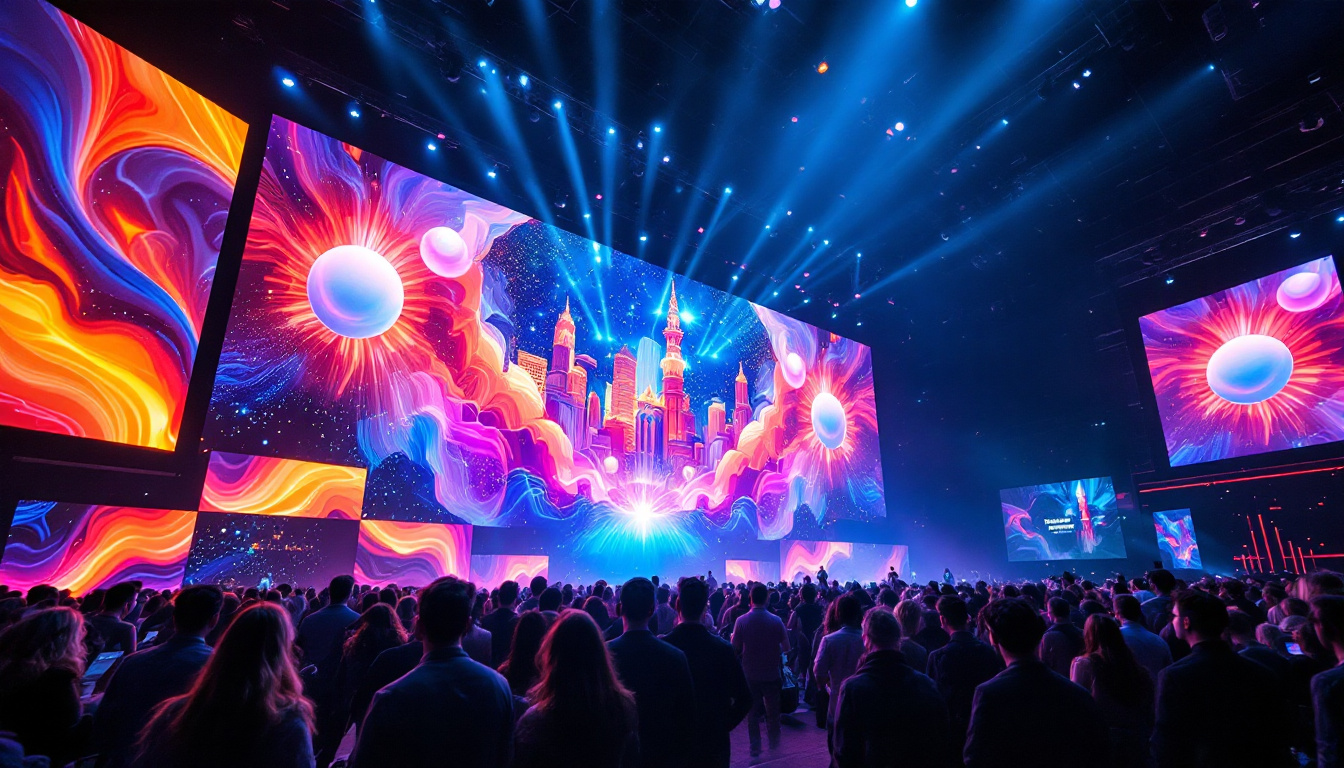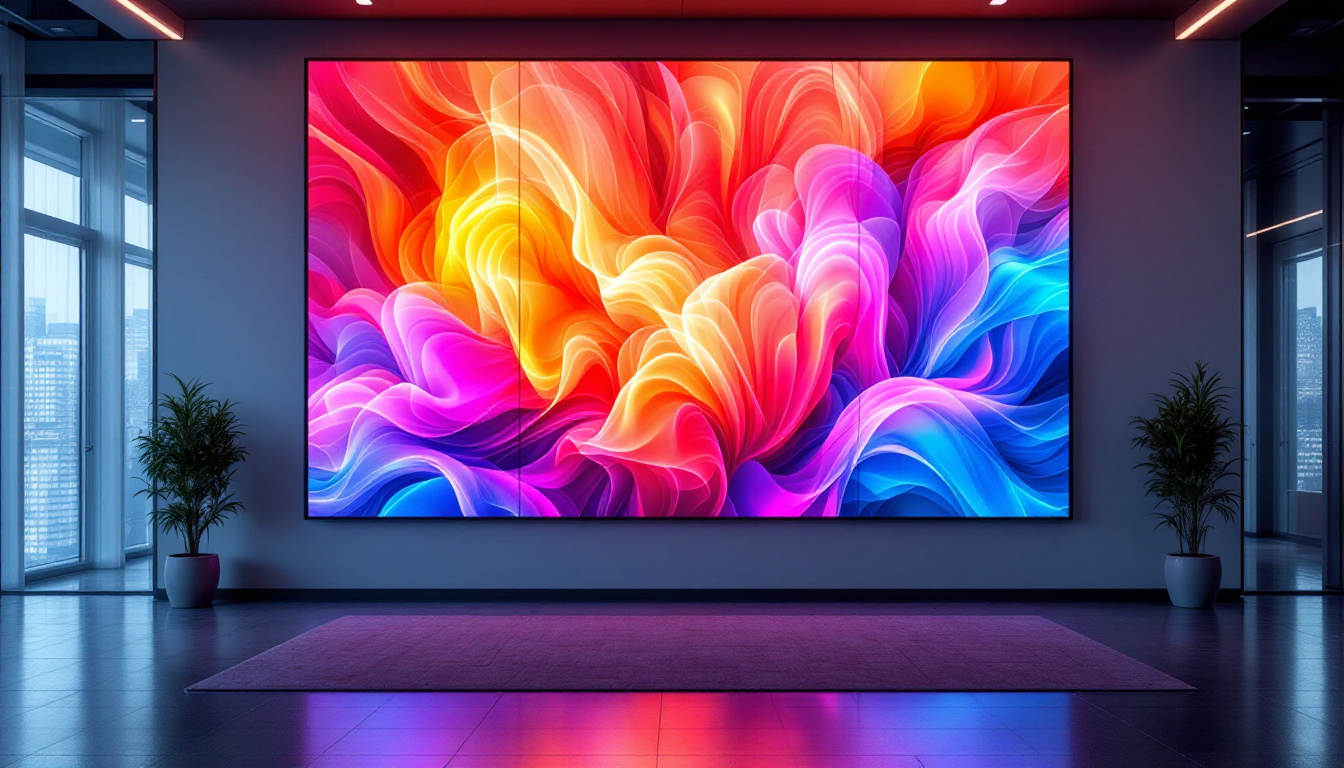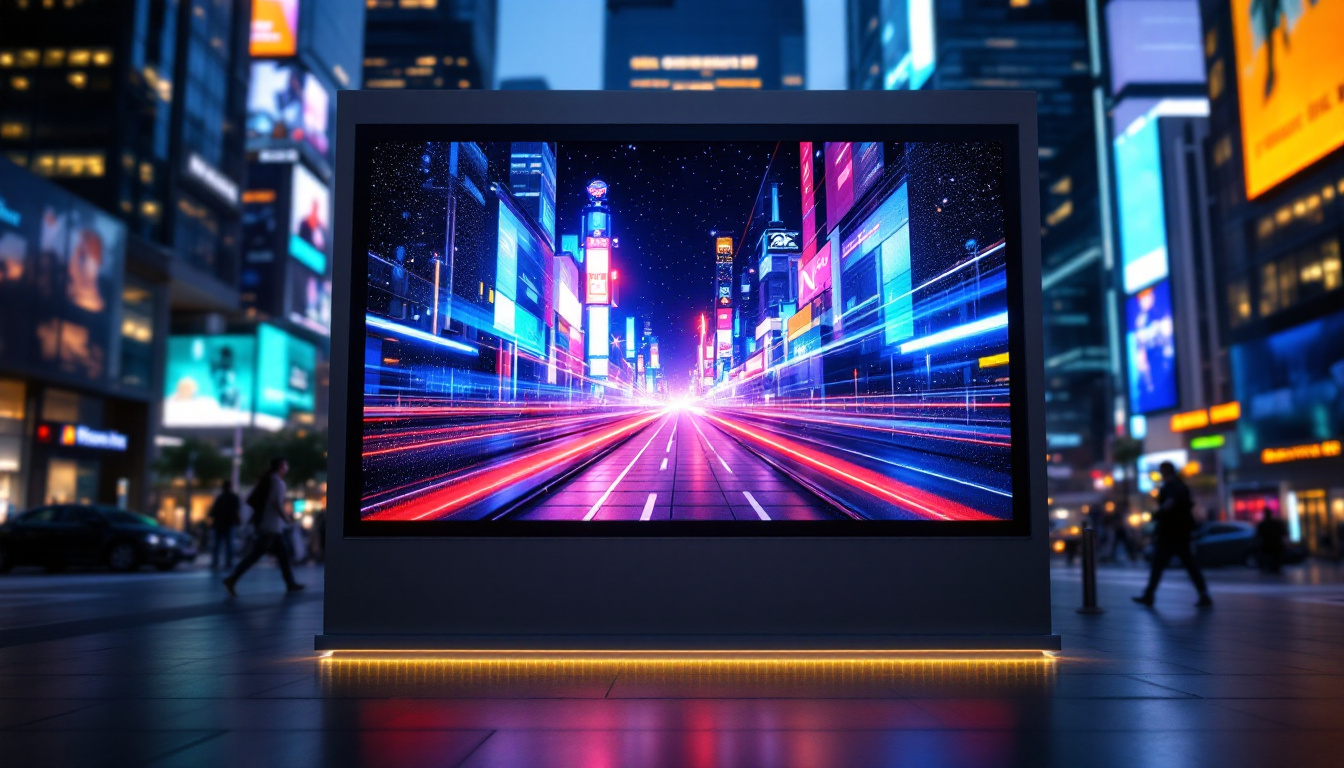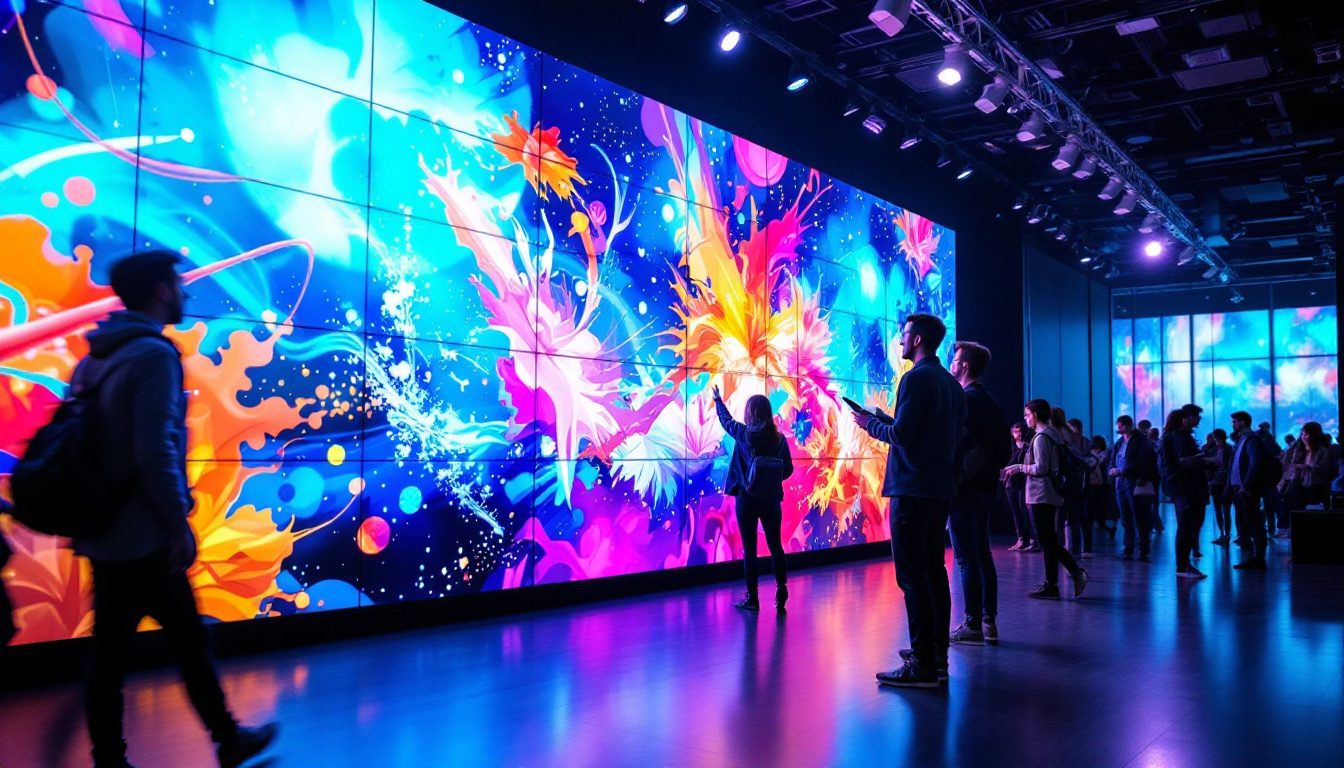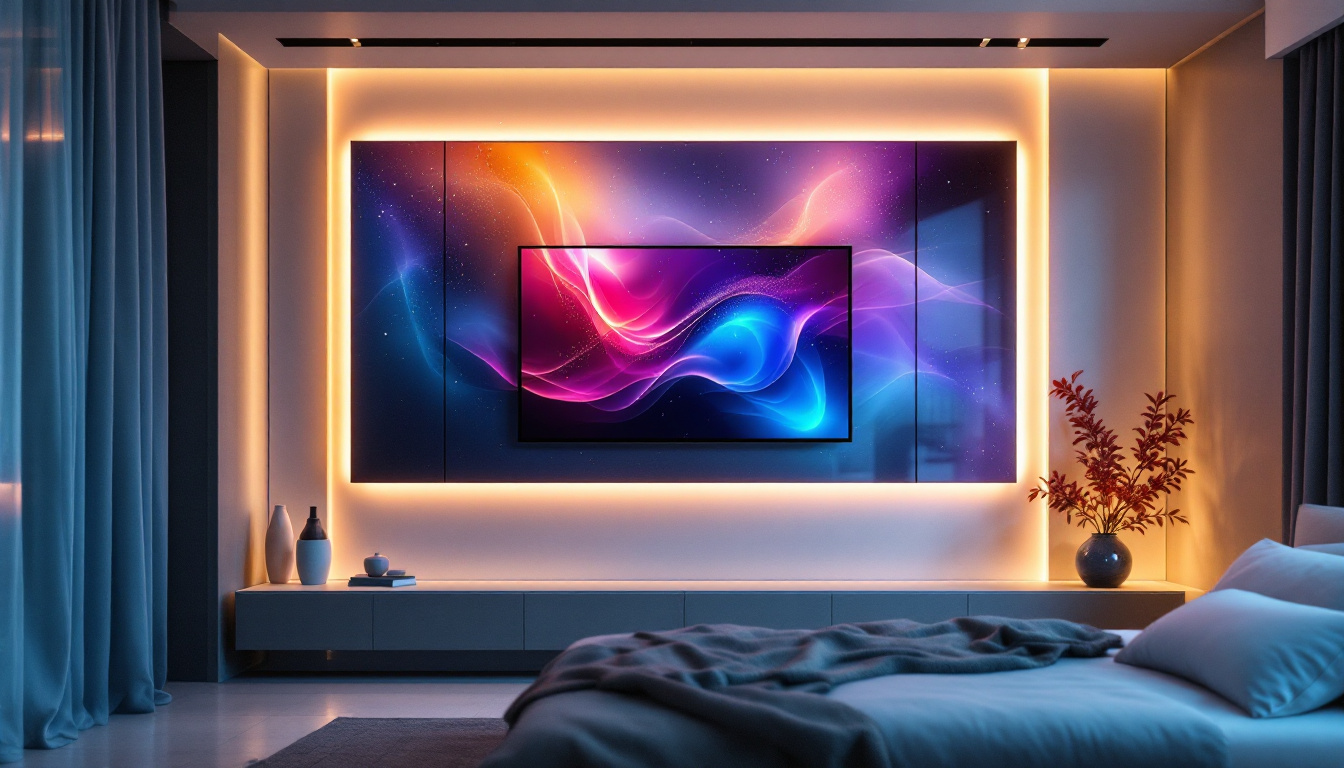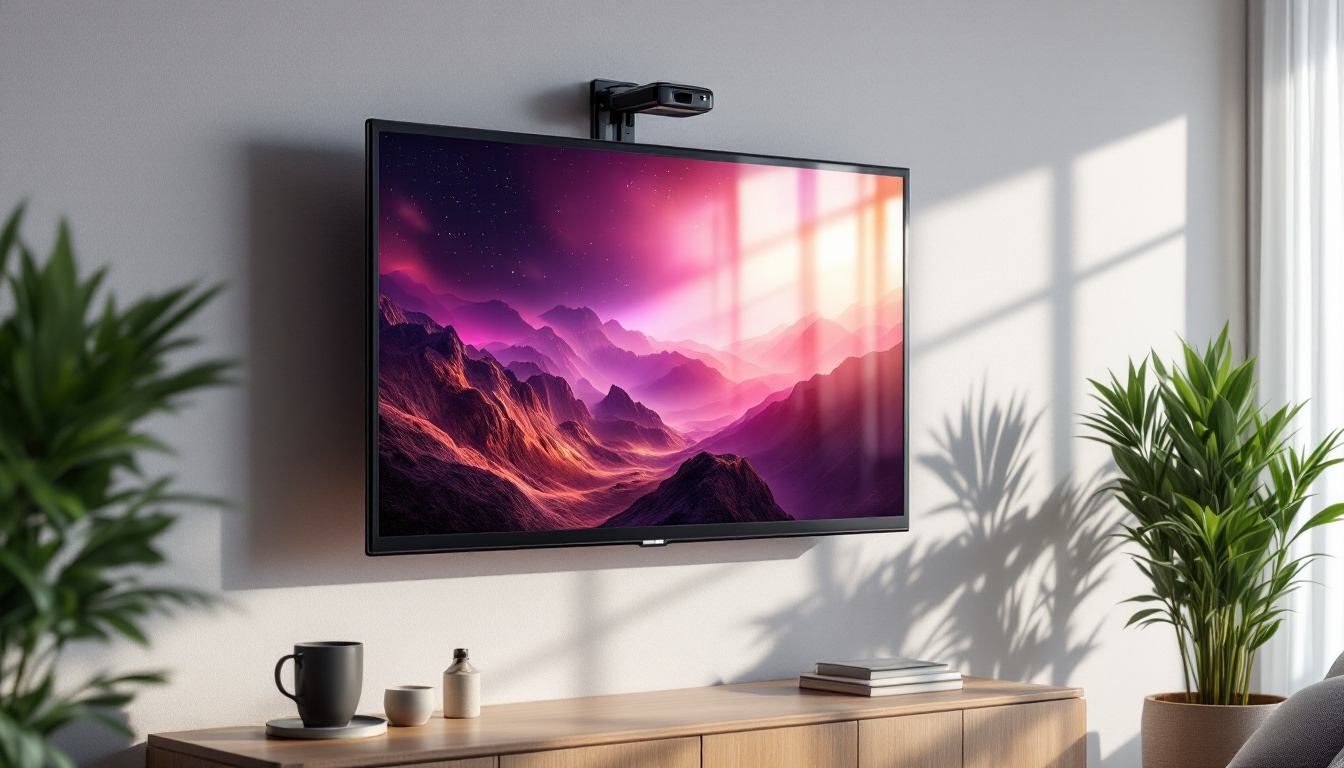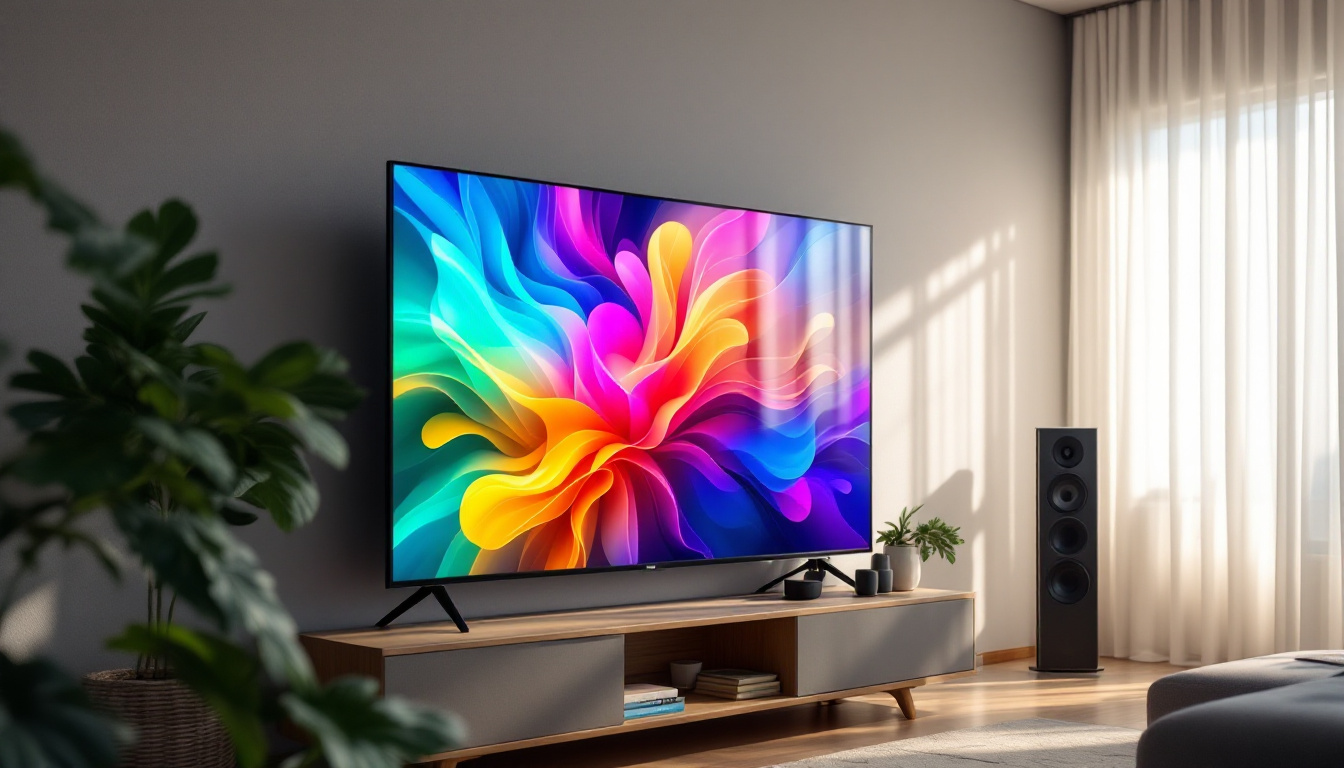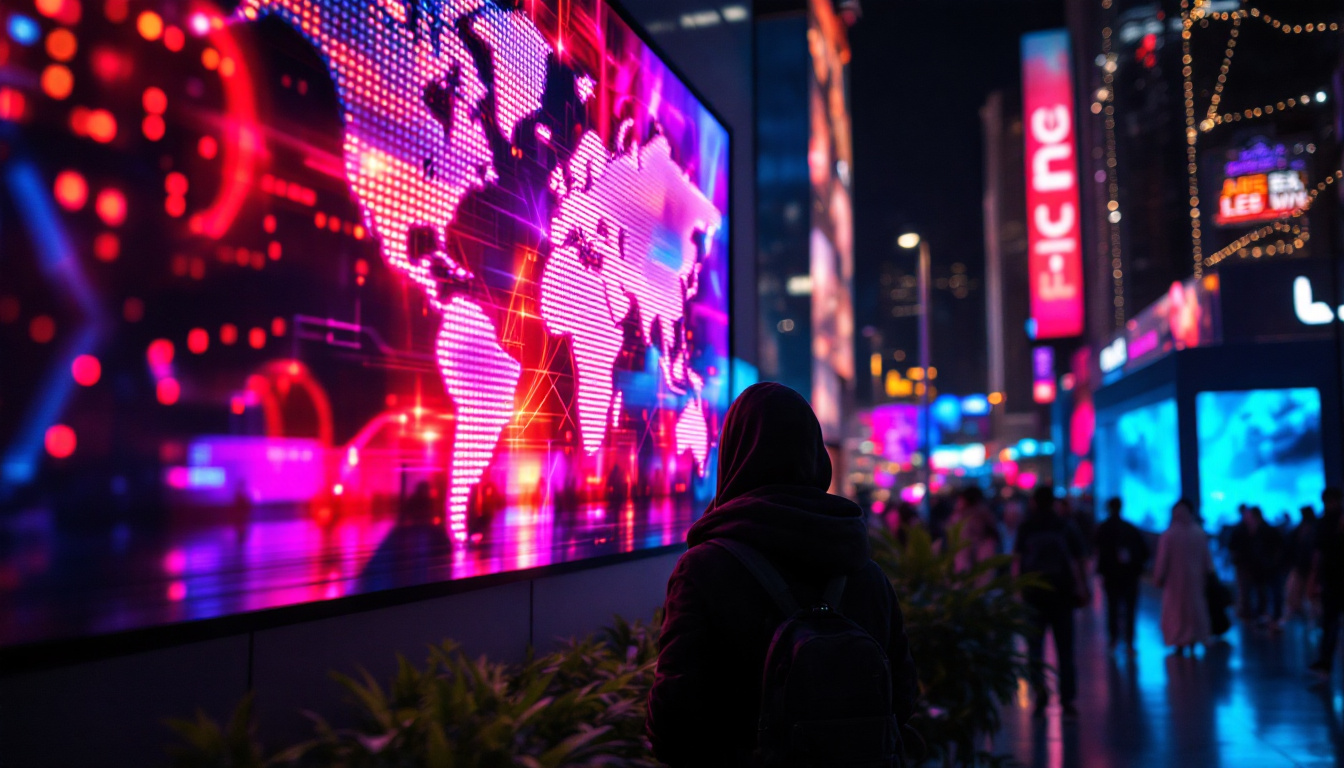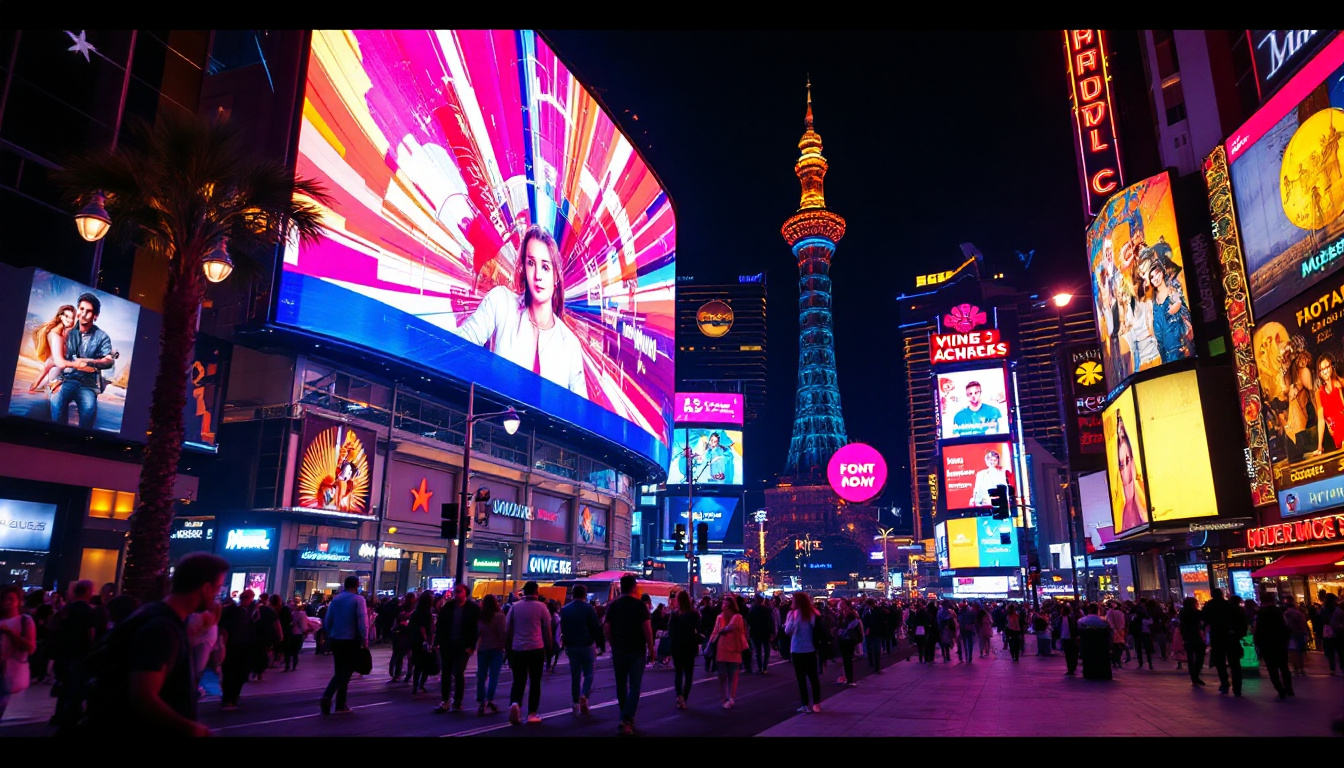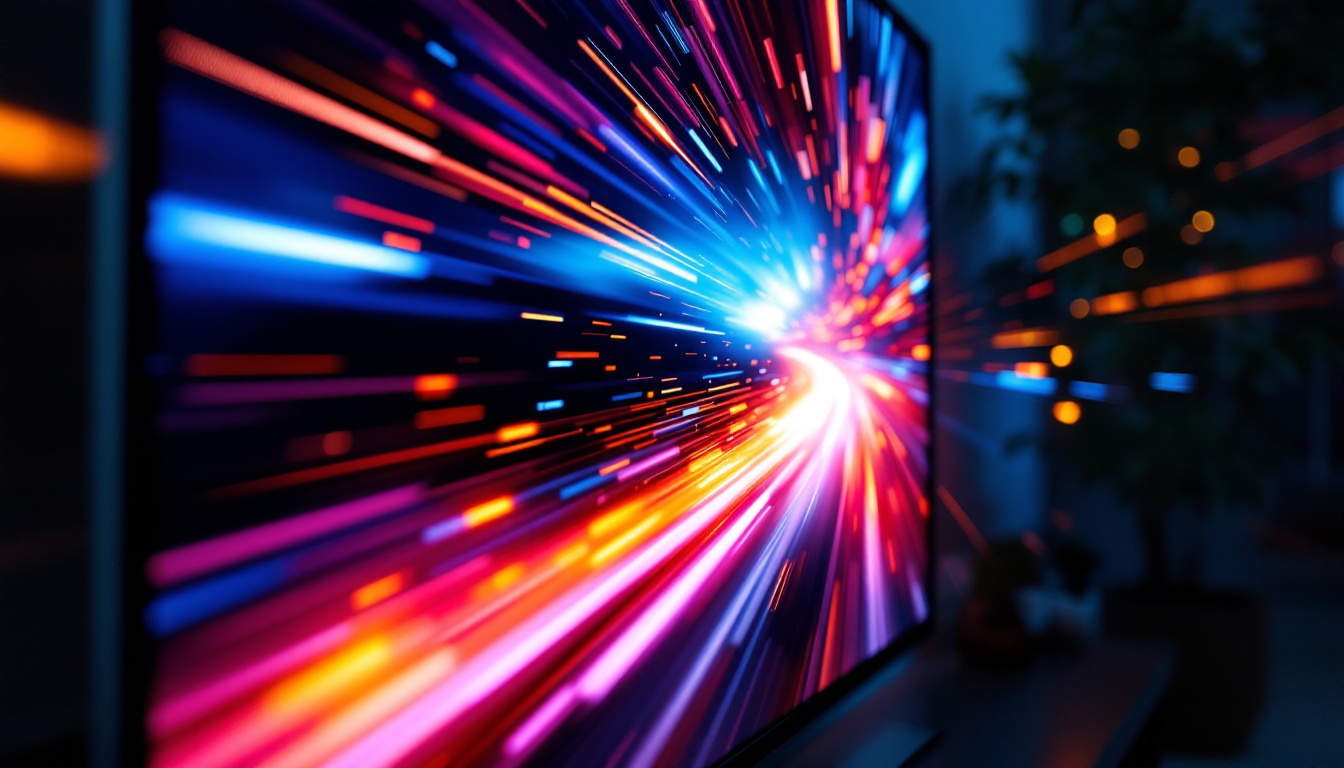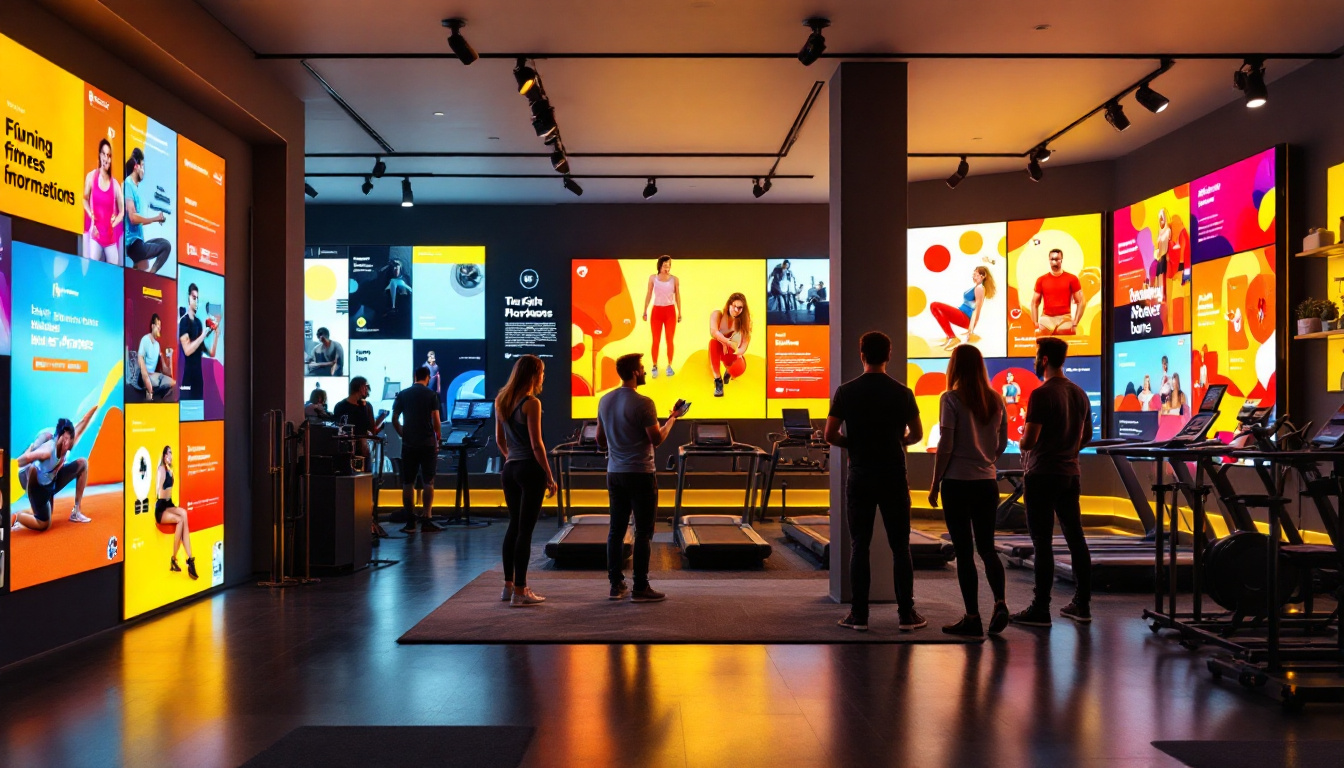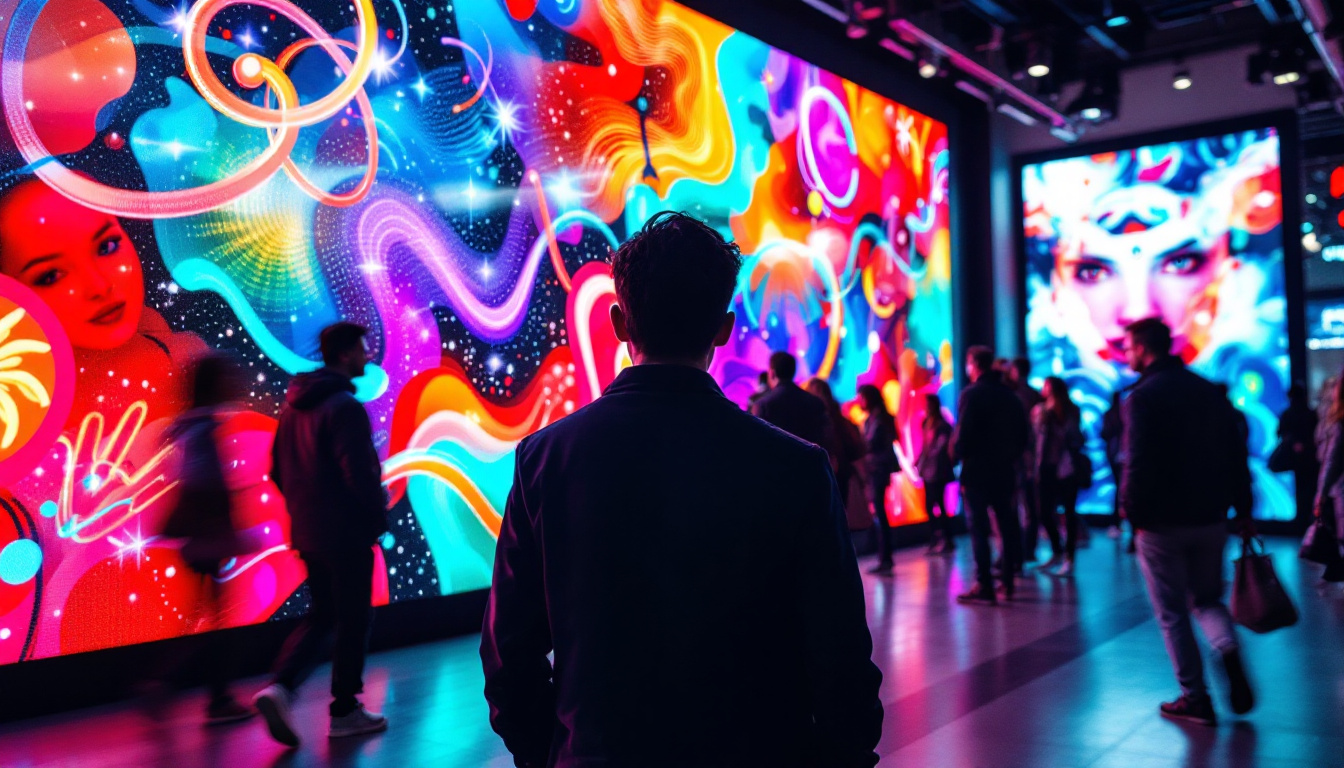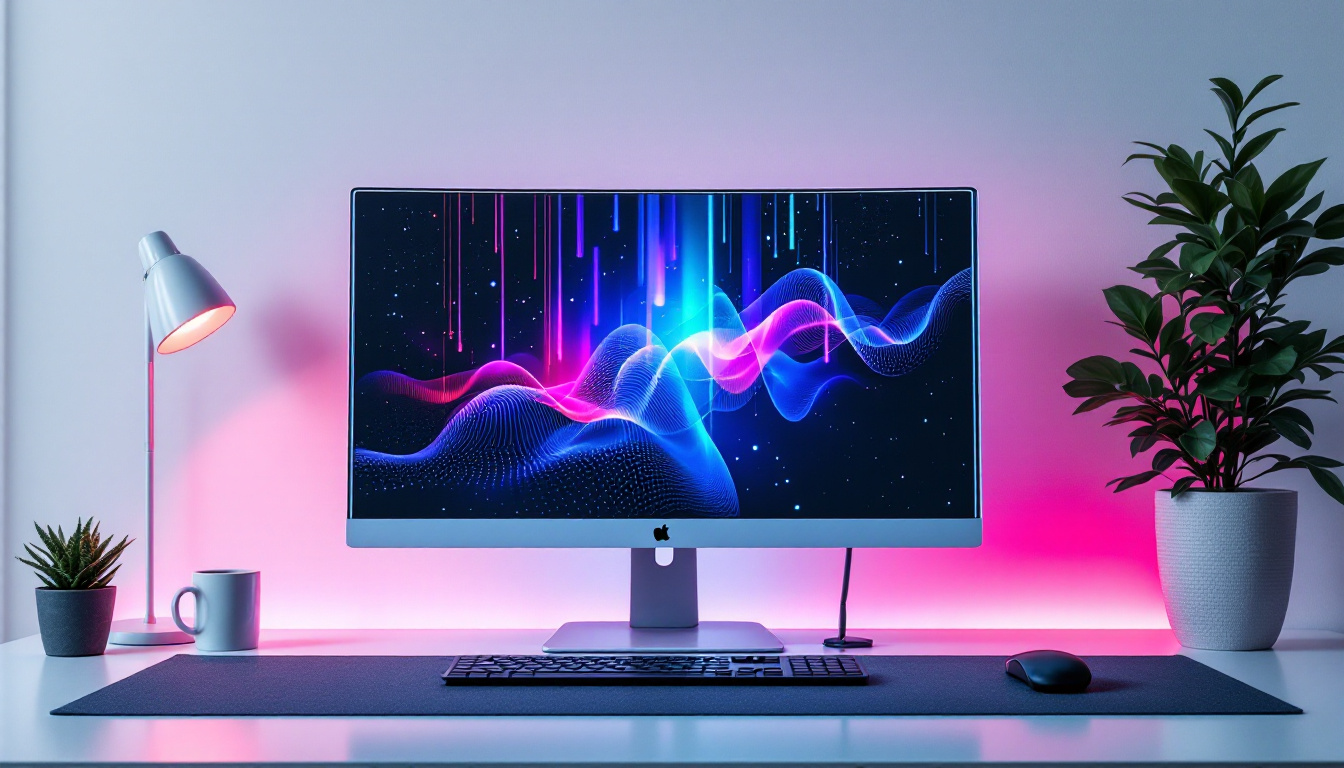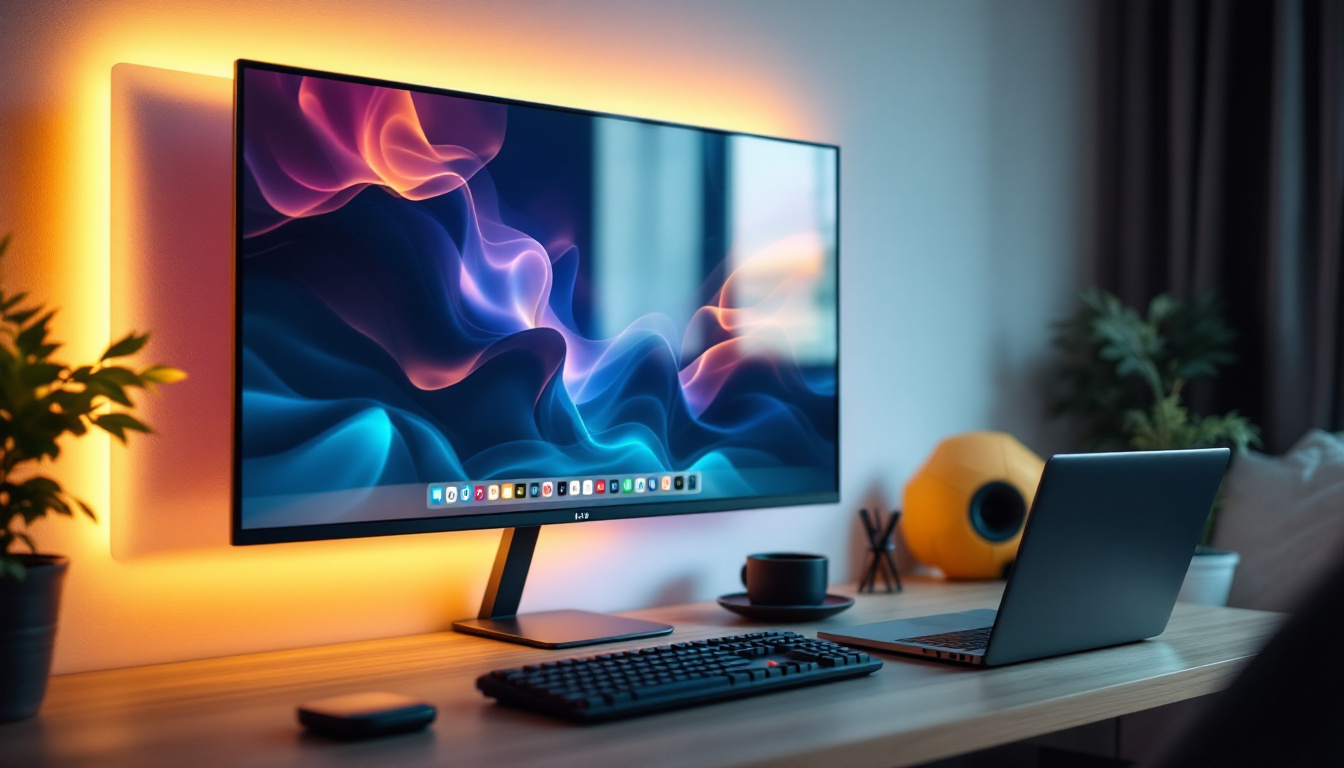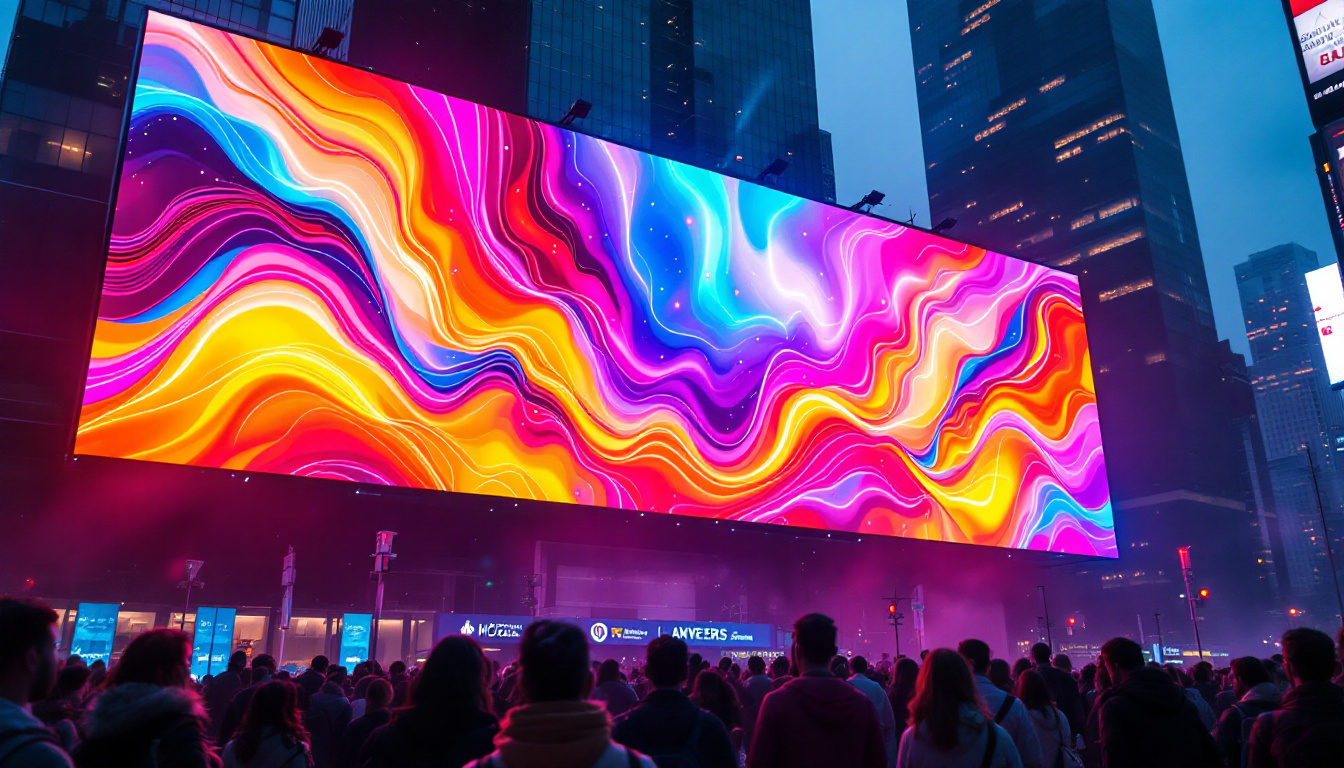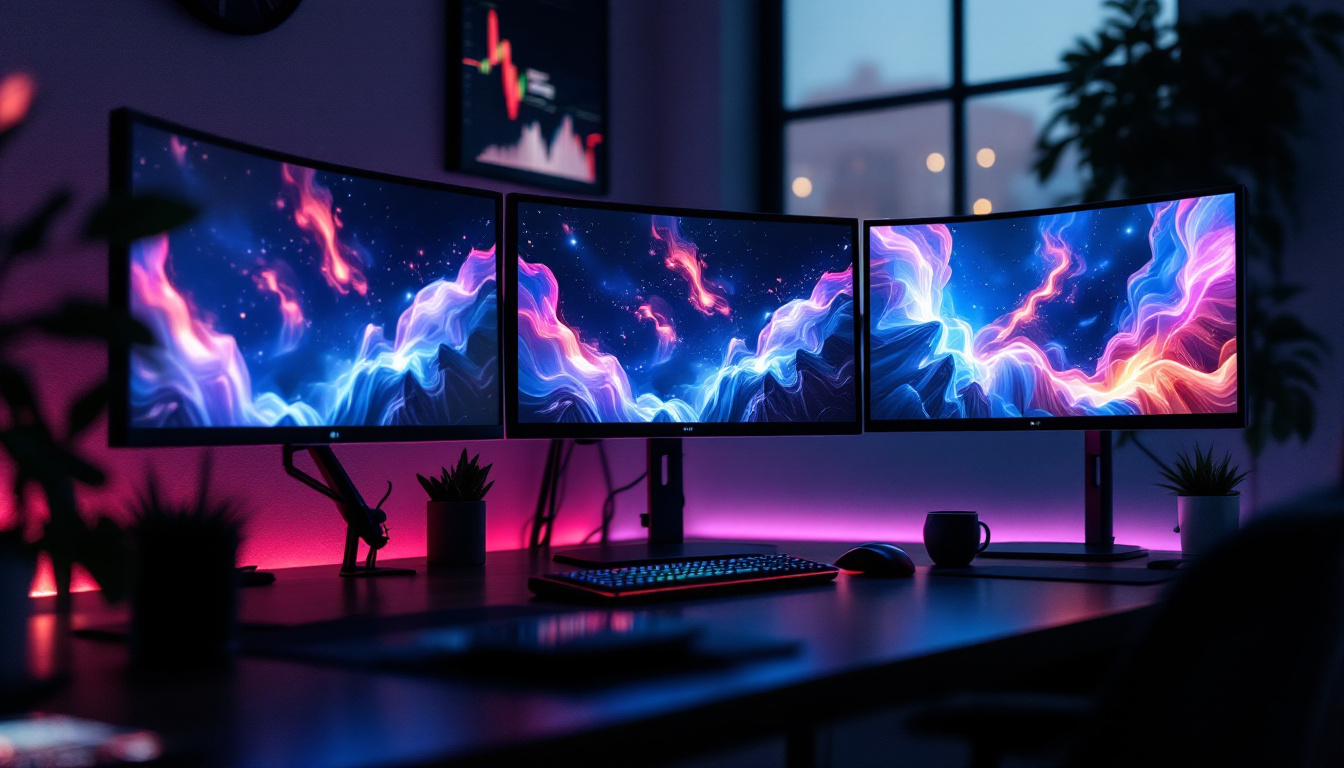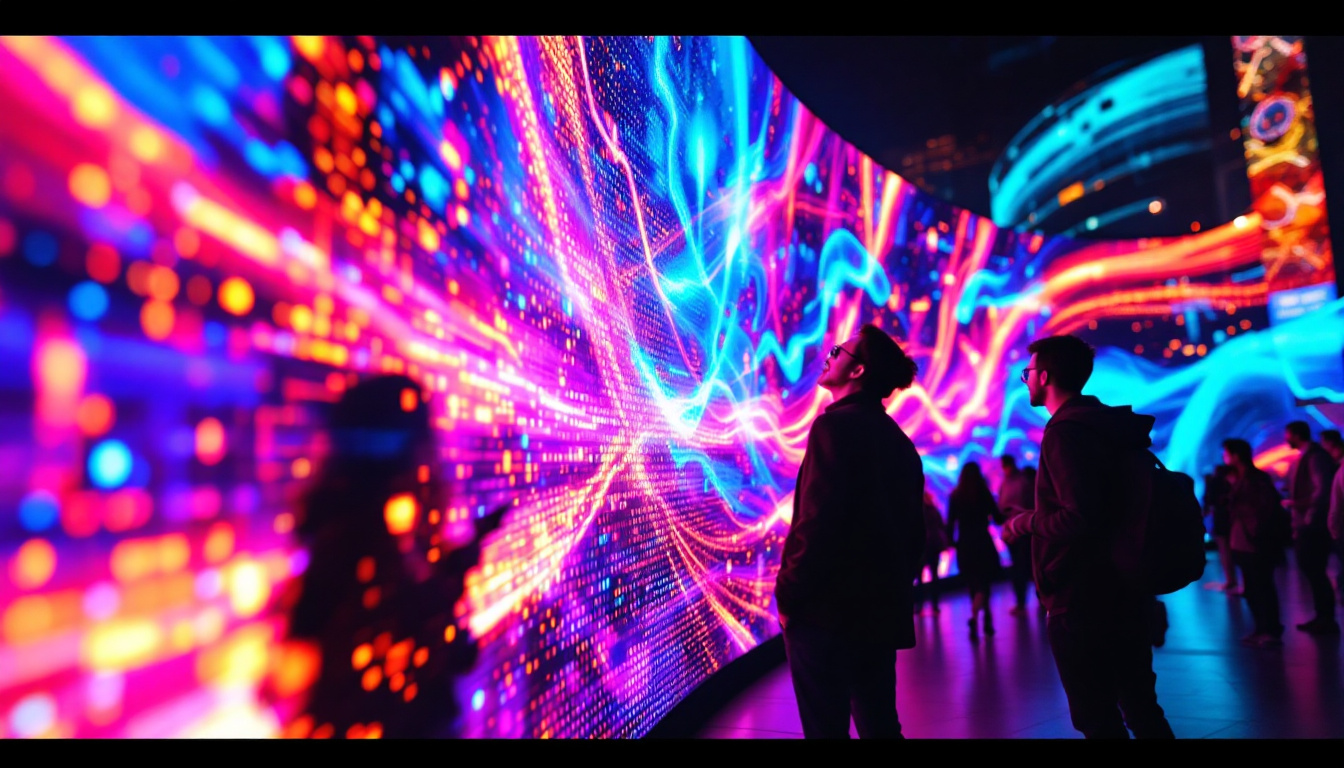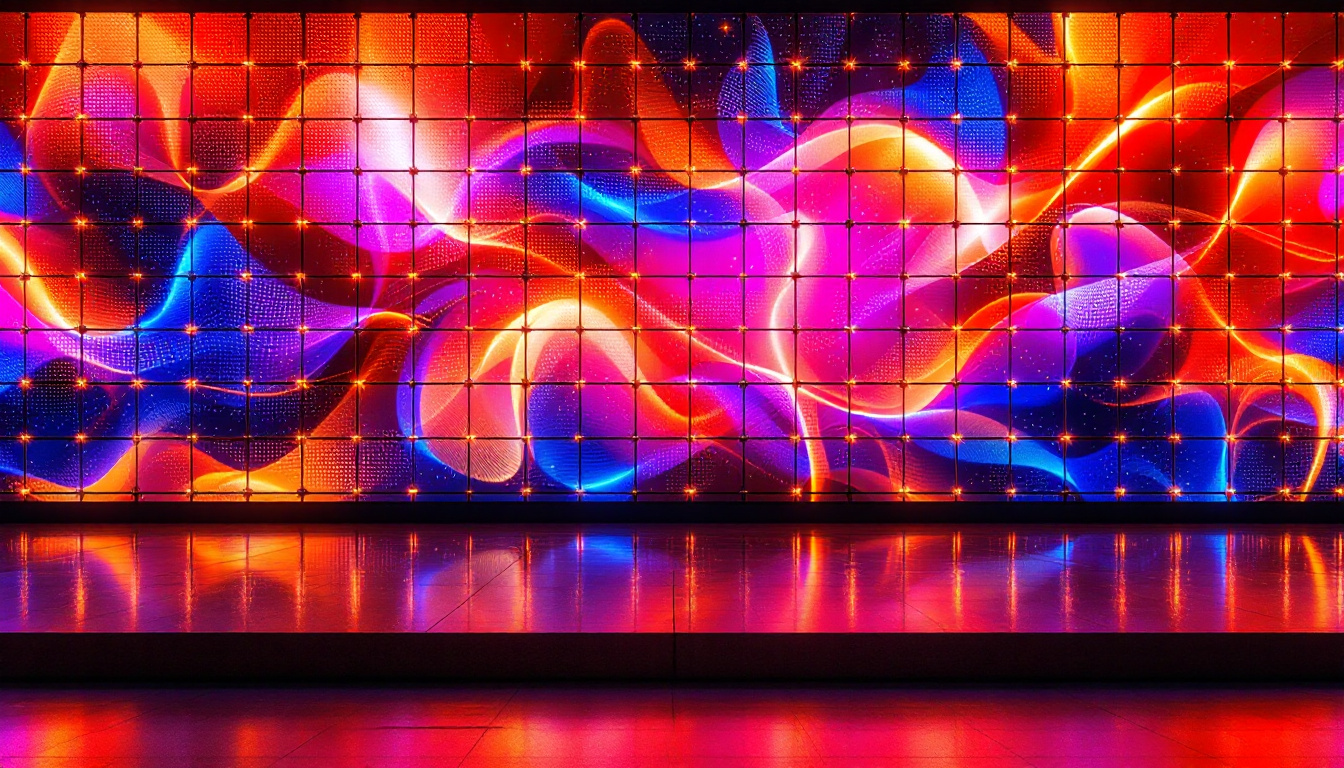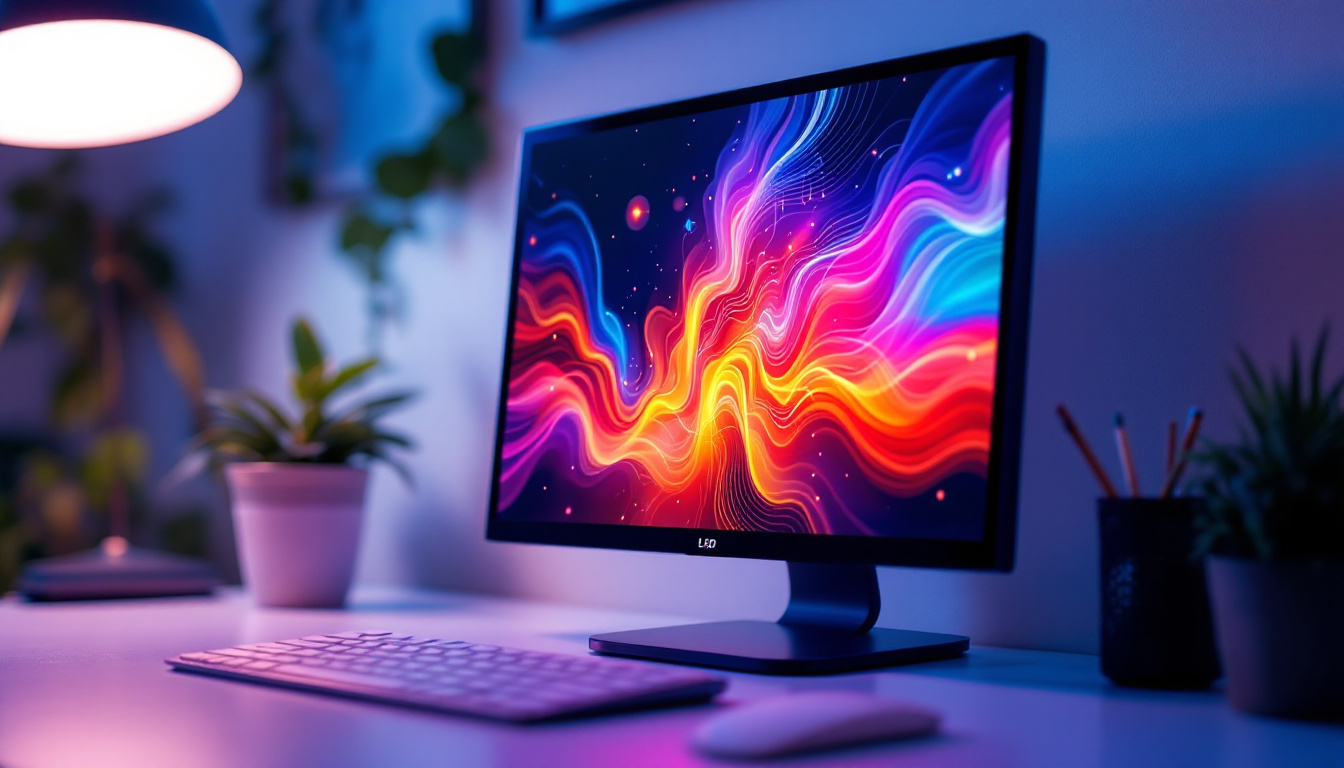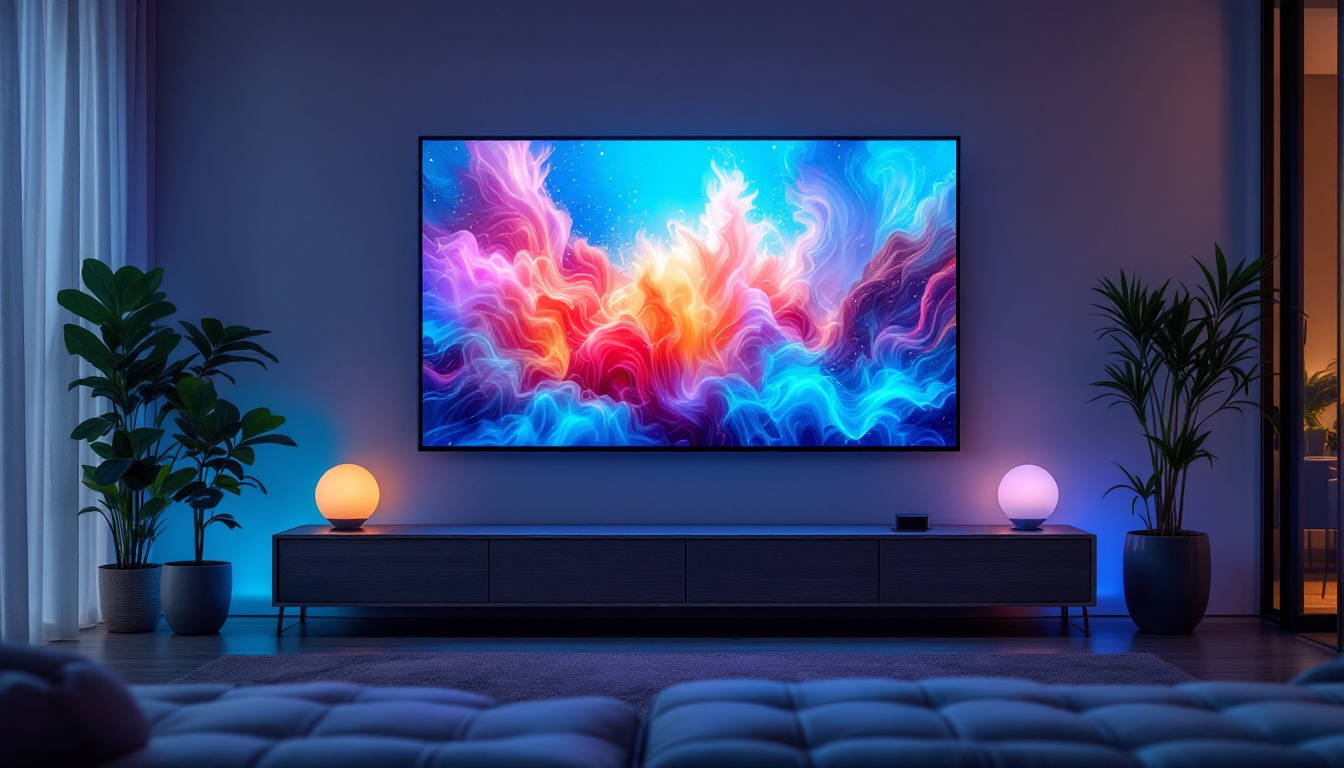In the world of modern technology, LED displays have become a staple in various applications, from televisions and smartphones to large outdoor billboards. Understanding the size and specifications of LED displays is crucial for consumers and businesses alike. This article delves into the intricacies of LED light sizes, exploring how they impact performance, visibility, and overall user experience.
Understanding LED Technology
Light Emitting Diodes (LEDs) are semiconductor devices that emit light when an electric current passes through them. This technology has revolutionized the way we think about lighting and displays, offering energy efficiency and longevity compared to traditional incandescent bulbs. The adoption of LEDs has not only transformed residential and commercial lighting but has also paved the way for innovative applications in various fields, including automotive lighting, horticulture, and even medical therapies.
The Basics of LED Functionality
At its core, an LED is made up of a chip that emits light when electrons recombine with holes in the semiconductor material. This process creates photons, which are visible light particles. The color of the light emitted depends on the materials used in the semiconductor. For instance, different compounds can produce red, green, blue, or white light, enabling a full spectrum of colors when combined. The versatility of LEDs allows for dynamic lighting solutions, such as color-changing bulbs that can adapt to different moods or settings, enhancing the ambiance of any environment.
One of the primary advantages of LEDs is their efficiency. They consume significantly less energy than traditional lighting options, which not only reduces electricity costs but also minimizes heat production. This efficiency is particularly important in large-scale applications, such as stadiums or concert venues, where lighting needs can be substantial. Furthermore, the long lifespan of LEDs—often exceeding 25,000 hours—means less frequent replacements, contributing to lower maintenance costs and less waste in landfills. This longevity is a crucial factor in sustainability efforts, as it aligns with the growing demand for eco-friendly solutions in lighting technology.
Types of LED Displays
LED displays come in various types, each suited for different applications. The most common types include:
- Direct View LED Displays: These displays consist of individual LED modules that are arranged to form a larger screen. They are commonly used for outdoor advertising and large events, providing bright and vibrant visuals that can be seen from great distances, even in direct sunlight.
- LED Backlit Displays: These screens utilize LEDs to illuminate an LCD panel from behind. This technology is prevalent in televisions and computer monitors, providing better contrast and color accuracy. The backlighting can be adjusted to enhance the viewing experience, making it ideal for both gaming and cinematic displays.
- Organic LED (OLED) Displays: OLEDs use organic compounds to emit light, allowing for thinner screens and better color reproduction. They are often found in high-end televisions and smartphones, offering deeper blacks and a wider viewing angle. The flexibility of OLED technology also enables curved and foldable screens, pushing the boundaries of display design.
In addition to these common types, there are also specialized LED displays designed for niche markets, such as transparent LED displays that allow for creative advertising solutions without obstructing visibility. These innovative displays are becoming increasingly popular in retail environments, where they can be integrated into windows or glass surfaces, captivating customers with eye-catching visuals while maintaining a sense of openness. As technology continues to advance, the potential applications for LED displays seem virtually limitless, promising exciting developments in how we interact with light and information.
LED Display Size: What Does It Mean?
The size of an LED display is a critical factor that influences its application and effectiveness. Size can refer to the physical dimensions of the screen or the pixel pitch, which is the distance between the centers of adjacent pixels. Understanding these dimensions helps in selecting the right display for specific needs.
Physical Dimensions
The physical dimensions of an LED display are typically measured in inches diagonally from one corner to the opposite corner. Larger displays are often more suitable for public viewing, such as in arenas or shopping malls, where distance from the viewer can be considerable.
For instance, a 55-inch LED display may be ideal for a home theater setup, while a 100-inch display might be necessary for a large conference room. The size not only affects visibility but also the overall aesthetic of the space where the display is installed.
Pixel Pitch Explained
Pixel pitch is a crucial specification that determines the clarity and detail of an LED display. It is measured in millimeters (mm) and indicates the distance between the centers of two adjacent pixels. A smaller pixel pitch means a higher resolution, as more pixels are packed into a given area.
For example, a display with a pixel pitch of 2.5mm will provide sharper images than one with a pixel pitch of 10mm, making it more suitable for close viewing distances. This is particularly important in environments such as control rooms or retail spaces, where high image quality is essential.
Choosing the Right LED Display Size
Selecting the appropriate LED display size involves considering several factors, including viewing distance, application, and environment. Each of these elements plays a significant role in determining the most suitable display for a given situation.
Viewing Distance
The distance from which viewers will observe the display is a vital consideration. For instance, in a large auditorium, a display meant for viewing from the back row will need to be larger and have a smaller pixel pitch than one intended for a small conference room. As a general rule, the larger the display, the further away it can be viewed without losing image quality.
In practical terms, a display with a pixel pitch of 10mm might be suitable for viewing distances of 10-15 feet, while a display with a pixel pitch of 2.5mm may be optimal for viewing distances of 5-10 feet. Understanding these distances helps in making informed decisions about the right size and type of display.
Application and Environment
The intended use of the display also influences the choice of size. For outdoor advertising, larger displays with higher brightness levels are essential to ensure visibility in bright sunlight. Conversely, displays for indoor use may prioritize resolution and color accuracy over sheer size.
Moreover, the environment plays a significant role in determining the right LED display size. In a dimly lit room, a smaller display may suffice, while a brightly lit area may require a larger screen to stand out. Additionally, the design and layout of the space should be considered to ensure the display complements its surroundings.
Impact of LED Display Size on Performance
The size of an LED display directly affects its performance, including brightness, resolution, and overall image quality. Understanding these impacts can help users make more informed choices when selecting a display for their needs.
Brightness Levels
Brightness is a critical factor for LED displays, especially for outdoor applications. Larger displays often require higher brightness levels to ensure visibility in various lighting conditions. Brightness is measured in nits, with outdoor displays typically ranging from 5,000 to 10,000 nits, while indoor displays may range from 200 to 1,500 nits.
A larger display with insufficient brightness may result in washed-out images, particularly in direct sunlight. Therefore, when selecting a display size, it is essential to consider the brightness requirements based on the environment and viewing conditions.
Resolution and Image Quality
As mentioned earlier, pixel pitch plays a significant role in determining the resolution of an LED display. A larger display with a high pixel pitch may produce images that appear pixelated when viewed up close. Conversely, a smaller pixel pitch ensures that images remain sharp and detailed, even at close distances.
For applications where image quality is paramount, such as in digital signage or high-definition video presentations, selecting a display with an appropriate pixel pitch and size is crucial. This ensures that the content displayed is clear and visually appealing, enhancing the overall user experience.
Future Trends in LED Display Technology
The LED display industry is continually evolving, with advancements in technology leading to new possibilities and applications. Understanding these trends can provide insights into what to expect in the future of LED displays.
Flexible and Transparent Displays
One of the most exciting developments in LED technology is the emergence of flexible and transparent displays. These innovations allow for displays that can be bent or shaped to fit various surfaces, opening up new possibilities for creative applications in architecture and design.
Transparent displays, in particular, offer unique opportunities for advertising and information sharing without obstructing views. Imagine a storefront window displaying advertisements while still allowing passersby to see inside. This technology is still in its infancy but holds great promise for the future.
Improved Energy Efficiency
As sustainability becomes increasingly important, manufacturers are focusing on improving the energy efficiency of LED displays. Innovations in materials and design are leading to displays that consume even less power while maintaining high brightness and image quality.
These advancements not only reduce operational costs but also contribute to a smaller carbon footprint, making LED displays a more environmentally friendly option. As technology progresses, expect to see even more energy-efficient solutions in the market.
Conclusion
Understanding LED display size is essential for making informed decisions, whether for personal use or business applications. From physical dimensions to pixel pitch, each aspect plays a vital role in determining the effectiveness of an LED display.
As technology continues to evolve, staying informed about trends and innovations will help users select the best displays for their needs. Whether it’s for a home theater, a corporate presentation, or outdoor advertising, the right LED display can enhance visibility, engagement, and overall user experience.
In summary, the world of LED displays is vast and dynamic, with size and specifications being key factors in performance and application. By understanding these elements, consumers and businesses can navigate the landscape of LED technology with confidence, ensuring they choose the right display for their unique needs.
Discover Cutting-Edge LED Displays with LumenMatrix
Ready to elevate your visual experience with the latest in LED display technology? Look no further than LumenMatrix, a pioneer in crafting innovative LED display modules that bring your brand to life. From immersive Indoor and Outdoor LED Wall Displays to dynamic Vehicle and Sports LED Displays, LumenMatrix offers a wide array of solutions tailored to your needs. Experience the future of visual communication with our Custom, All-in-One, and Transparent LED Displays designed to captivate and engage your audience. Check out LumenMatrix LED Display Solutions today and transform your space with unparalleled clarity and impact.


